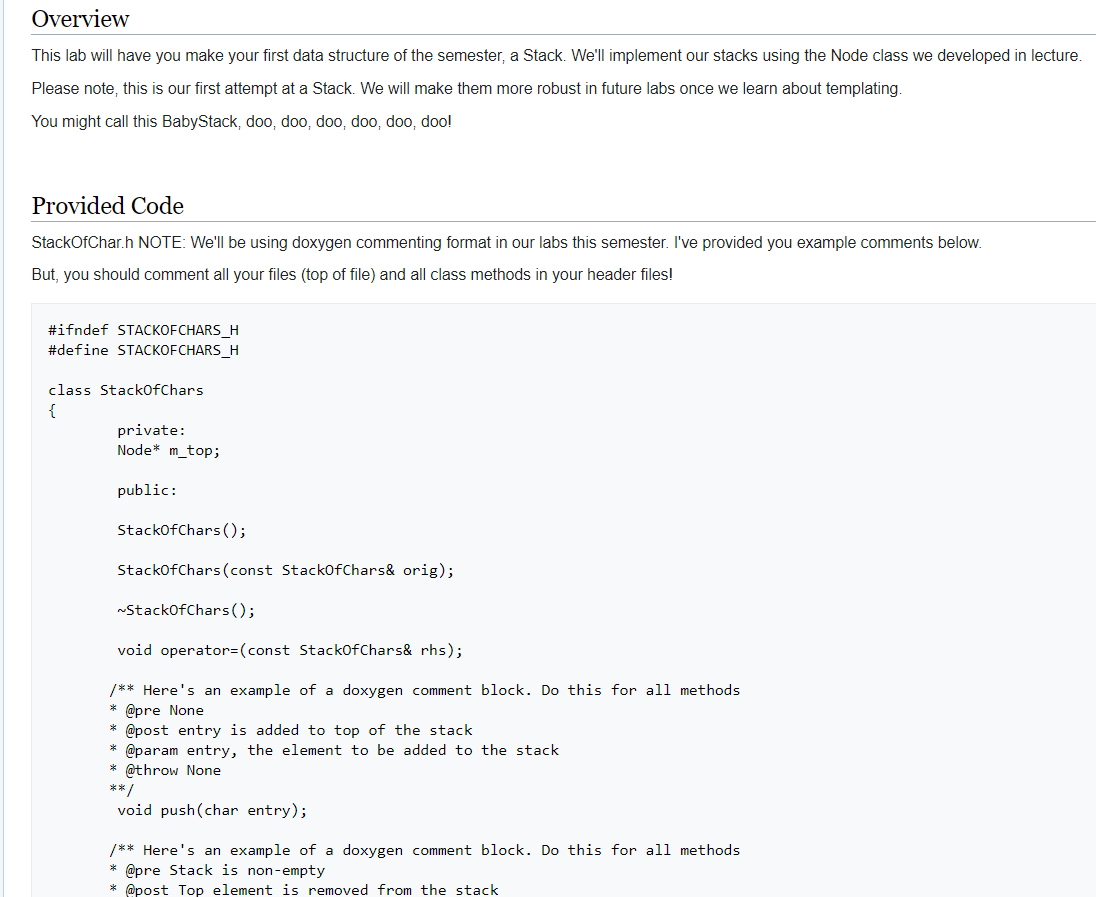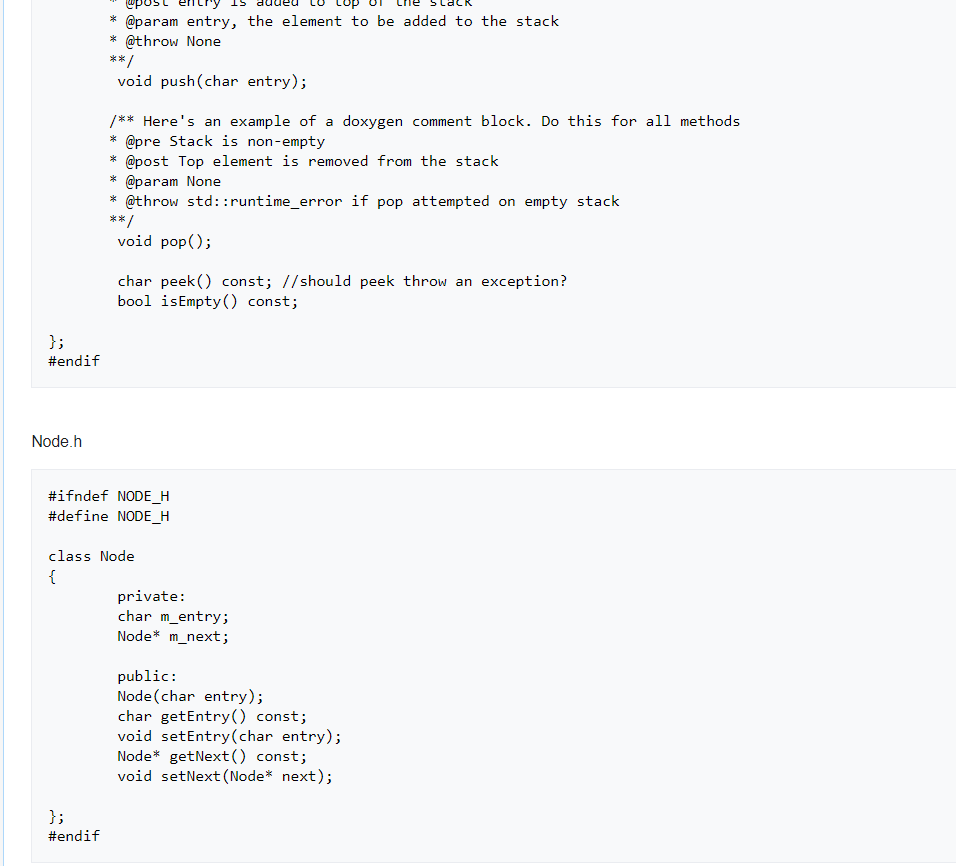
Example: /* A dummy class */įor the corresponding HTML documentation that is generated by doxygen.

Note that the last two arguments can also be specified using the \headerfile command. Sharp brackets are used if just the name is given. With the argument you can also specify how the include statement should look like, by adding either quotes or sharp brackets around the name. This can be useful if the include name is not located on the default include path (like ). The argument can be used to overwrite the name of the link that is used in the class documentation to something other than. If the header-file is specified, a link to a verbatim copy of the header will be included in the HTML documentation. Optionally a header file and a header name can be specified. Indicates that a comment block contains documentation for a class with name. The arguments are equal to the \class command. See Also section \callgraph.įor Objective-C only: Indicates that a comment block contains documentation for a class category with name.
#Doxygen method comment code#
Note The completeness (and correctness) of the caller graph depends on the doxygen code parser which is not perfect. The caller graph will be generated regardless of the value of CALLER_GRAPH. When this command is put in a comment block of a function or method and HAVE_DOT is set to YES, then doxygen will generate a caller graph for that function (provided the implementation of the function or method calls other documented functions). Note The completeness (and correctness) of the call graph depends on the doxygen code parser which is not perfect. The call graph will be generated regardless of the value of CALL_GRAPH. When this command is put in a comment block of a function or method and HAVE_DOT is set to YES, then doxygen will generate a call graph for that function (provided the implementation of the function or method calls other documented functions). See Also page Grouping, sections \defgroup, \ingroup, and \weakgroup. * Additional documentation for group 'mygrp' The title is optional, so this command can also be used to add a number of entities to an existing group using and like this: /*! \addtogroup mygrp

Structural indicators -ĭefines a group just like \defgroup, but in contrast to that command using the same more than once will not result in a warning, but rather one group with a merged documentation and the first title found in any of the commands. Unrecognized commands are treated as normal text. The following subsections provide a list of all commands that are recognized by doxygen.


 0 kommentar(er)
0 kommentar(er)
